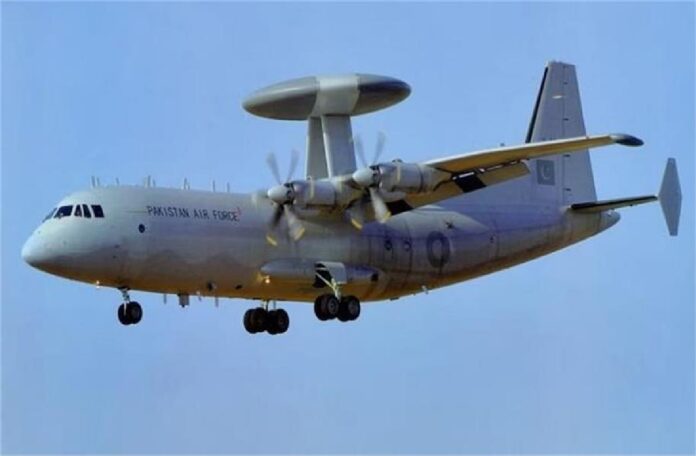In a significant escalation of tensions, the Indian Air Force (IAF) carried out a powerful retaliatory strike between the night of May 7 and 8, targeting Pakistan’s key aerial assets. Among the major losses suffered by Pakistan was the destruction of its AWACS (Airborne Warning and Control System) aircraft, a vital part of its air surveillance and coordination capability. Alongside, four Pakistani fighter jets were also taken down by the IAF.
This swift and calculated response came after Pakistan launched drone and missile attacks aimed at multiple Indian cities, including Jammu, Srinagar, Rajouri, Jaisalmer, Pathankot, and Jalandhar. Indian air defenses intercepted and neutralized many of these incoming threats, minimizing damage and civilian casualties.
Following this, the IAF conducted surgical strikes on strategic locations within Pakistani territory, including Lahore, Sialkot, Peshawar, and the Bajwat sector. These operations delivered a heavy blow to Pakistan’s air defense systems and command structure.
What Is AWACS?
AWACS is a high-tech airborne system equipped with a rotating radar dome capable of 360-degree surveillance. It can detect enemy aircraft, missiles, and drones from hundreds of kilometers away. More than just a surveillance platform, AWACS acts as an airborne command center, guiding friendly fighters during battle, intercepting enemy signals, and playing a crucial role in air superiority.
Strategic Impact
The elimination of Pakistan’s AWACS has dealt a severe blow to its military’s situational awareness and response coordination. With the destruction of this system and the accompanying fighter jets, Pakistan’s air capabilities have been significantly impaired.
India’s firm response sends a clear signal that any hostile actions will be met with strong and decisive retaliation.
Je tusi chaunde ho, ehnu Punjabi ya kisi hor style vich vi likh ke de sakda haan. Ki tusi hor changes chaunde ho?



